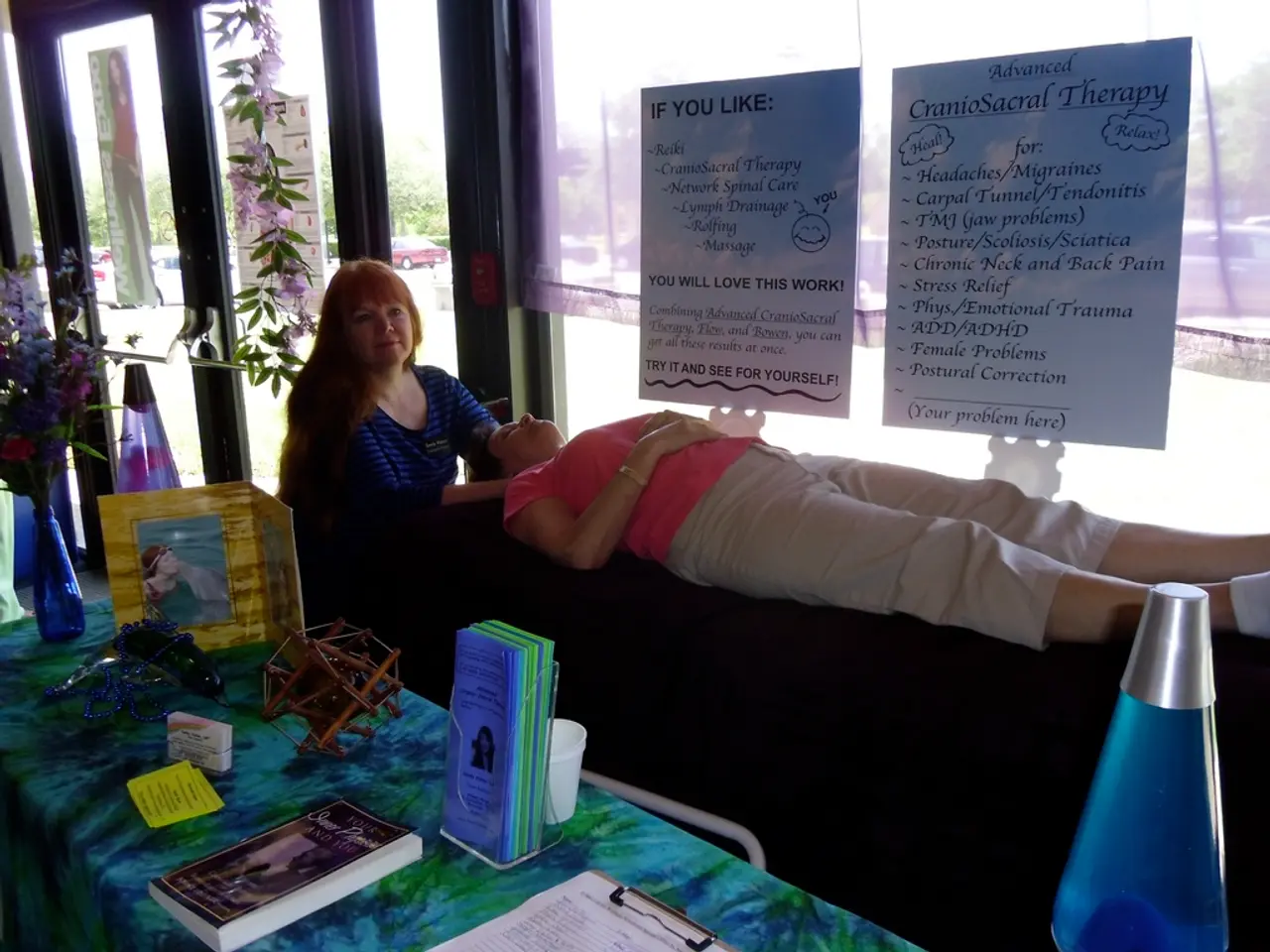Improved sleep potential with these three exercises, reveals recent study
Low-intensity, low-impact exercises, such as yoga, tai chi, walking, and jogging, have been found to significantly improve sleep quality and alleviate symptoms of insomnia. A new meta-analysis of 22 randomized clinical trials published in the journal BMJ Evidence-Based Medicine has confirmed these findings.
The physiological effects of these exercises help reduce levels of cortisol (the stress hormone), promote the secretion of melatonin (which regulates sleep-wake cycles), and increase total sleep time and deep (slow-wave) sleep. This physiological shift helps the body relax and prepare for restorative sleep. For example, yoga increased total sleep time by nearly two hours and reduced wakefulness after sleep onset by almost an hour in some studies. Walking and jogging may also increase energy expenditure, which can help regulate sleep patterns.
Yoga and tai chi, in particular, emphasize body awareness, controlled breathing, and mindfulness. These practices help alleviate symptoms of anxiety and depression, which are common contributors to insomnia. The meditative aspect of tai chi dampens the activity of the sympathetic nervous system (responsible for the “fight or flight” response), reduces mental chatter, and promotes emotional regulation—factors that are crucial for falling and staying asleep. Yoga’s focus on breath and mindfulness can similarly reduce hyperarousal and anxiety, making it easier to transition into sleep.
The accessibility and low cost of these activities make them easy to integrate into daily routines with minimal risk of side effects, which is important for long-term adherence. They are suitable for people of all ages and fitness levels, offering a sustainable approach to improving sleep without the need for medication.
Among the exercises studied, yoga, tai chi, walking or jogging showed the most promising evidence of helping participants fall asleep faster and stay asleep longer, with less awakenings. The cumulative evidence supports the use of these exercises as not only adjunctive but also primary treatment options for insomnia.
However, some studies note methodological flaws, such as lack of standardized exercise protocols and small sample sizes. Nevertheless, the overall findings strongly suggest that incorporating low-intensity, low-impact exercise into one’s routine can significantly improve sleep outcomes for individuals with insomnia, often with effects rivaling those of pharmacological interventions.
In summary, low-intensity, low-impact exercises improve sleep by addressing both the physical and emotional contributors to insomnia, offering a safe, accessible, and effective non-pharmacological intervention. It is important to choose a physical activity that is sustainable and to listen to your body when starting a new exercise program. Before beginning any new exercise program, consult your doctor and stop immediately if you experience pain. For persistent insomnia, consult a healthcare provider to tailor an exercise plan and rule out other underlying causes.
- The health benefits of low-intensity exercises, such as yoga and tai chi, extend beyond sleep improvement. They also play a significant role in promoting overall wellness by alleviating symptoms of anxiety and depression.
- Science has shown that these health-and-wellness activities, including walking and jogging, can help improve sleep by reducing cortisol levels, increasing melatonin secretion, and enhancing deep sleep.
- Fitness-and-exercise routines like yoga and tai chi, with their emphasis on controlled breathing and mindfulness, can not only improve sleep quality but also provide a natural and effective way to manage stress and emotional well-being.




